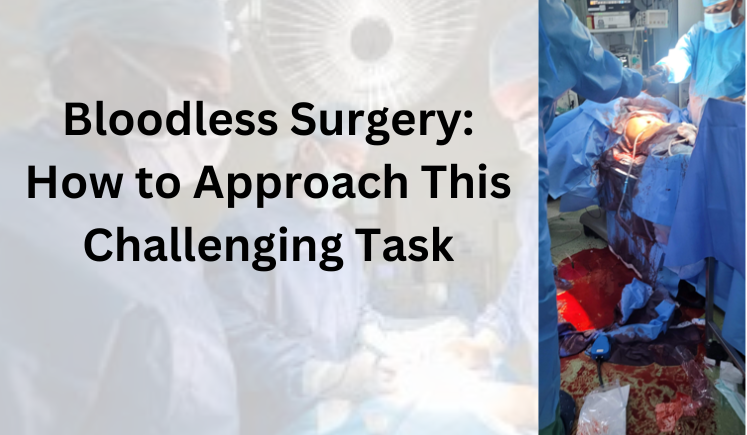Available At
View Location

Recently, I was listening to a podcast that was completely different from the regular ones. It was hosted by someone with a relatively small number of followers online. However, I know the host is a highly skilled surgeon and educator, and his actual following is much larger than what we see online. The reality, as opposed to the virtual world, is often different—that’s what I thought.
The reason I’m writing this is because of what I learned from the podcast. The field of surgery has changed tremendously over time. I want to focus on surgery for non-cirrhotic portal hypertension, specifically Porto-systemic shunt surgery. In the early 1980s, surgery in this field relied more on clinical examinations and intraoperative findings, with less dependence on preoperative imaging. Even today, this type of surgery is considered challenging due to the risk of bleeding. I was surprised to learn that even in that era, surgical mortality remained less than one percent—almost the same as it is today, despite the greater availability of resources.
I wonder what made the surgeons of that time so calm, composed, and even uncomplaining during these long, complicated, and sometimes exhausting procedures. While today’s advancements, such as better preoperative imaging (CT scans, MR venograms), 3D mapping, intraoperative anesthesia, and more advanced surgical energy devices, have made a surgeon’s life easier, it doesn’t mean the surgeon should forget their basic training. These modern technologies should be used to enhance the surgical procedure, but not simply because they are available. A surgeon should use them when indicated, not just because they have them at their disposal.
It’s important to carefully plan and think through each step before embarking on what is often considered a bloody surgery. Take it one step at a time, have a backup plan (Plan B) ready, and cross the bridge when you get there. Always prioritize safe surgery.